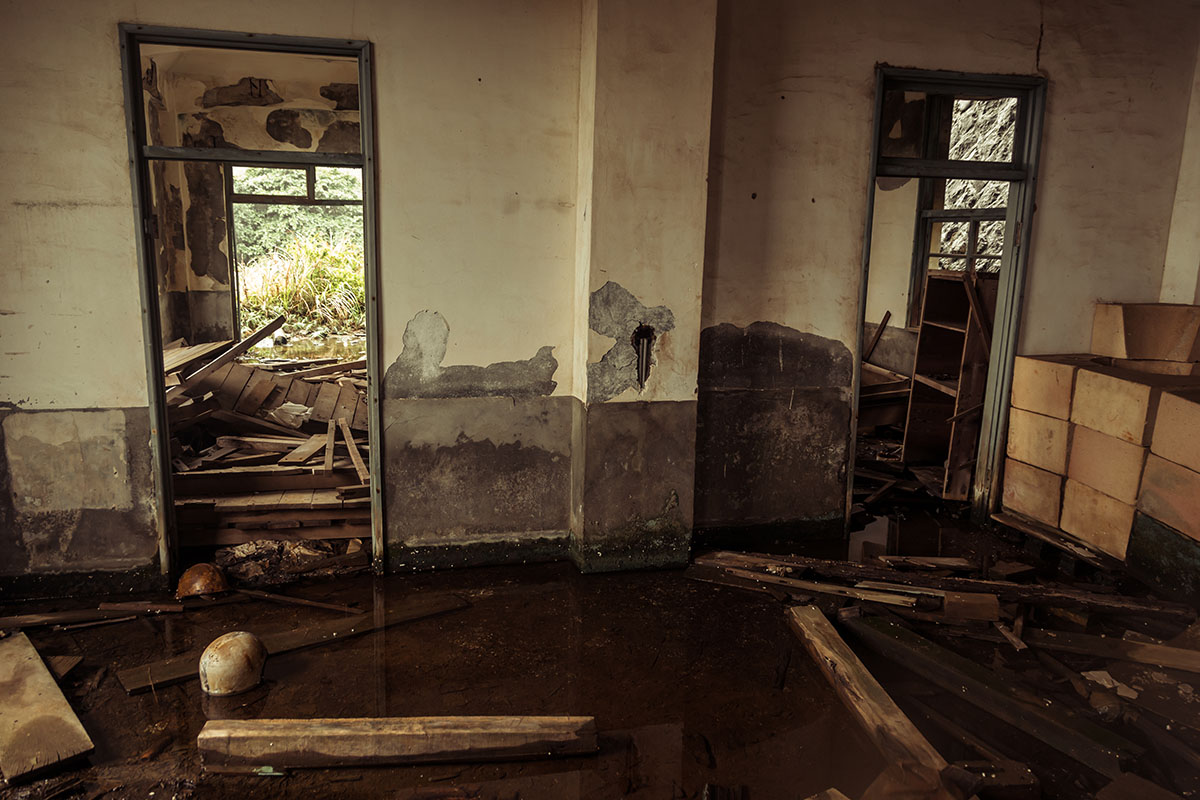Water damage is a significant concern for homeowners in Dallas, where unpredictable weather patterns, including heavy rains and flooding, can cause considerable damage to properties. This guide will explore the essentials of water damage restoration, focusing on how Dallas residents can effectively manage and mitigate the impact of water-related disasters.
Water damage can arise from various sources, such as burst pipes, roof leaks, natural floods, or even malfunctioning appliances. Regardless of the cause, the aftermath can be devastating, leading to structural damage, mold growth, and a host of health hazards. The key to minimizing these adverse effects lies in swift and efficient water damage restoration.
The first critical step in water damage restoration is assessment. Once the water intrusion has been identified, it is essential to evaluate the extent of the damage. This involves inspecting affected areas, identifying the type of water involved (clean, gray, or black water), and determining the potential risks to health and property. Clean water, typically from broken pipes or rain, poses less risk than gray water, which might contain contaminants from household appliances. Black water, often a result of sewage backups or severe flooding, is highly contaminated and poses significant health hazards.
After a thorough assessment, the next step is water removal. Timely water extraction is crucial to prevent further damage and reduce the risk of mold growth. In Dallas, where humidity levels can exacerbate moisture problems, using professional-grade equipment like pumps and vacuums ensures efficient water removal. Homeowners might be tempted to handle this process themselves, but professional water damage restoration services have the expertise and tools to perform this task more effectively.
Once the standing water is removed, the focus shifts to drying and dehumidification. Dallas’s climate can sometimes make natural drying a slow process, necessitating the use of industrial fans and dehumidifiers to accelerate moisture removal. Professionals monitor moisture levels throughout this phase to ensure that all affected areas, including hidden spaces like wall cavities and underflooring, are thoroughly dried.
Cleaning and sanitizing are vital components of the restoration process. Water damage can bring contaminants and pathogens into the home, necessitating comprehensive cleaning. Professional restoration services use specialized cleaning agents to disinfect surfaces, eliminate odors, and prevent microbial growth. This step is particularly important in Dallas, where high temperatures can promote the rapid spread of bacteria and mold spores.
Mold remediation is a critical aspect of water damage restoration, especially in the humid climate of Dallas. Mold can begin to grow within 24 to 48 hours after water intrusion, and its spores can spread quickly, causing respiratory issues and other health problems. Professionals employ advanced techniques to detect mold presence, even in hidden areas, and use antimicrobial treatments to eradicate it. In severe cases, they may need to remove and replace contaminated materials to ensure complete mold removal.
Restoration and repair come next. This stage involves returning the home to its pre-damage condition, which can range from minor repairs like patching drywall and replacing carpeting to more extensive reconstruction efforts. Skilled restoration professionals can handle these tasks efficiently, ensuring that the repairs are durable and match the original aesthetics of the home.
Insurance claims are another crucial aspect of water damage restoration. Navigating the complexities of insurance policies and claims can be daunting for homeowners. Restoration companies often assist in this process, providing detailed documentation of the damage and repairs needed, which can streamline the claims process and ensure that homeowners receive the compensation they are entitled to.
Prevention is better than cure, and taking steps to prevent future water damage is essential for Dallas homeowners. Regular maintenance of plumbing systems, roofs, and gutters can help identify potential issues before they become significant problems. Installing sump pumps, backflow valves, and water alarms can provide additional protection against water intrusion. Educating oneself about the risks and having an emergency plan in place can also mitigate the impact of future water-related incidents.
Choosing the right water damage restoration company in Dallas is crucial. Homeowners should look for certified professionals with experience in handling a variety of water damage scenarios. Reading reviews, asking for referrals, and verifying credentials can help in selecting a reliable restoration service. A reputable company will offer prompt response times, detailed assessments, and a comprehensive restoration plan tailored to the specific needs of the property.
The emotional and financial toll of water damage can be overwhelming, but understanding the restoration process can empower homeowners to take swift and effective action. In Dallas, where weather conditions can be unpredictable, being prepared and knowing what to do in the event of water damage is vital.
In conclusion, water damage restoration in Dallas involves a multi-step process that requires prompt action, professional expertise, and thorough execution. From assessment and water removal to drying, cleaning, and repair, each stage is crucial in restoring a home to its original state and preventing future issues. By choosing the right restoration service and taking preventive measures, Dallas homeowners can protect their properties and ensure a safe and healthy living environment.
